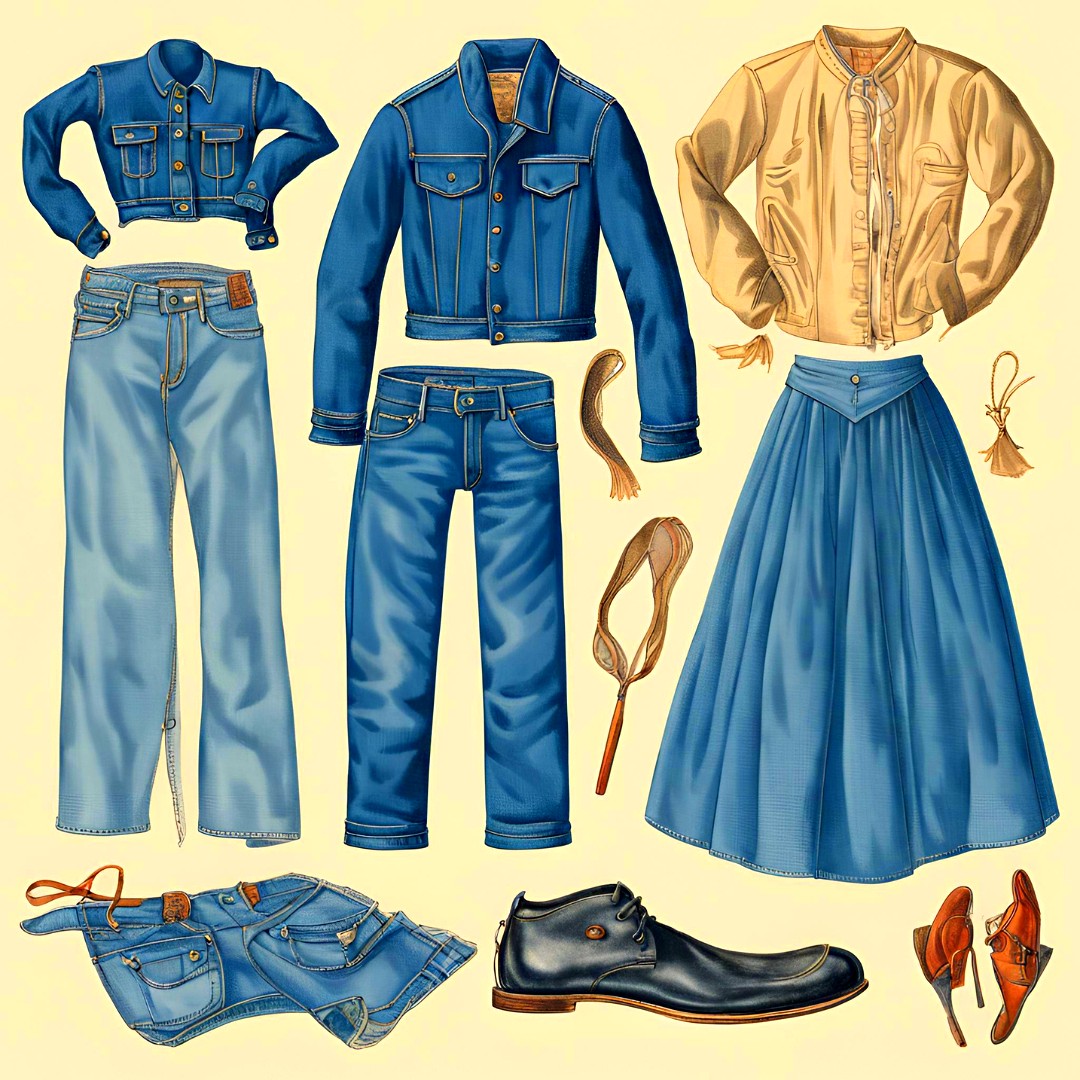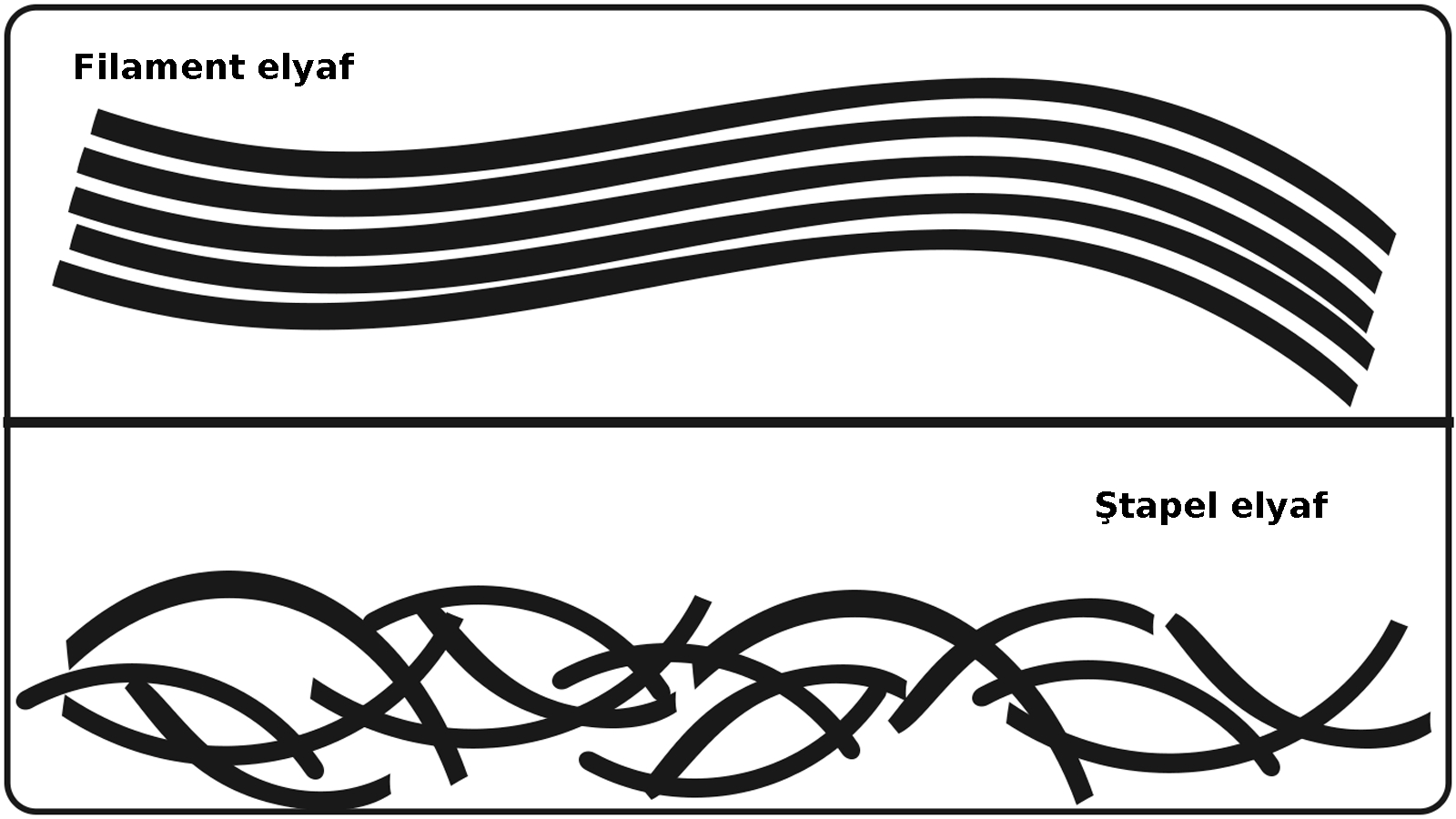Air Jet Spinning, Air Jet Yarn Spinning Processes - Yarn Manufacturing
13:20
0 comments
Air-jet spinning first appeared for production use in the early 1980s. It has continued to grow in its popularity, especially for cotton and polyester blend yarns. The largest end-use market up to this point has been for sheeting and print cloth. Recent advancements in the latest generation of machines have made this high-production system more forgiving to shorter fiber length, and thus to cotton use. This has broadened the technology’s versatility and appeal to more end-use possibilities.
Air jet is a spinning system in which air is used to insert twist. Two technologies manufactured by Muratec are the MJS and the MVS (Vortex) systems. This spinning system uses sliver as its input, thereby taking advantage of the cost savings afforded by deleting the roving step required by ring spinning. Much like rotor spinning, it also produces a wound package that is ready for subsequent use in weaving or knitting. This negates the need for a separate winding step. The air jet machine uses roller drafting as the means for reducing linear mass in the fed sliver. The drafting system is not unlike the drafting configuration found on the ring spinning system. After exiting the front pair of drafting rolls, the fiber is pulled into an orifice by a suction airflow created by the vortex that will perform the twist insertion. As the fiber enters the vortex zone, it is literally spun into a yarn structure by the whirling air currents. Like rotor spinning, there is some degree of random fiber entanglement that is also involved. This is the main reason for the somewhat lower yarn strengths of air jet yarns when compared to their ring spun counterparts. Just as in rotor spinning, this process is highly automated with the automatic piecing of broken ends and automatic doffing (removal) of full yarn packages.
Yarn Spinning
There are three main methods for spinning, or twisting, the prepared cotton fiber into yarn. These processes differ in the manner in which they insert twist, resulting in distinctly different yarn structures. The result of these different structures can be seen and felt in the final product.
-
Ayakkabılarda doğru numara seçimi sağlık ve kullanım ömrü açısından önem arz eder. Kesirli Ayakkabı Numaraları Ne Anlama Geliyor? 🤔 Bazı a...
-
İş sağlığı ve güvenliği için bazı işletmelerde pr ayakkabı kullanımı gereklidir. Ayakkabılarda rastladığımız "PR" terimi, İngiliz...
-
Rahat bir kullanım için ayağın genişliği ve uzunluğuna uygun ayakkabıyı seçmek son derece önemlidir. Ayakkabı Genişlik Terimleri: E, F, FX,...
-
Yeşil renk ve tonları, sarı ile mavi ışığın birleşmesi sonucu oluşur ve fotosentetik pigmentler nedeniyle bitki yapraklarında yaygın olarak ...
-
Türk tekstil ve hazır giyim sektörü: yerli markaların yükselişi. Türkiye'nin lokomotif sektörlerinden biri olan tekstil ve hazır giyim...
-
Kumaşın ön yüzünün ve arka yüzünün gösterimi. Kumaş yüzü (Alm. Stoffvorderseite, Fr. front de tissue, İng. fabric face; face of fab...
-
Lif kısaltmaları tekstilde elbise üretiminin her aşamasında kullanılır. Tekstil, Kumaş, Lif ve Elyaf Kısaltmaları : Tekstil endüstrisi, lif...
-
Mavi polycotton nevresim takımı. Polycotton , polyester ile pamuğu (cotton) karıştırarak elde edilen, her iki elyafın en iyi performans ...
-
Vorteks iplik üretim aşamaları gösterimi. Vorteks (vortex) eğirme sistemi temel olarak bir çekim sistemi ve bahsedilen çekim sisteminin de...
-
Türk ayakkabı markaları, yerli ham maddeyi mükemmel işçilik ve estetik tasarımlarla birleştiriyor. Türk malı ayakkabı ürünler, kalitesi ve e...
-
Türk tekstil ve hazır giyim sektörü: yerli markaların yükselişi. Türkiye'nin lokomotif sektörlerinden biri olan tekstil ve hazır giyim...
-
Akrilik elyaf, iyi yalıtım özelliğine sahip olmasıyla öne çıkan sentetik bir lif türüdür. Akrilik Elyaf: Tanım ve Özellikler Akrilik, ( Alm....
-
Kumaş numunesi. 1) Yapılarına göre (nasıl yapıldıysa o ismi alır) a) Dokunmamış kumaşlar - Nonwoven , keçeler, kağıt telalar, elyaf, vi...
-
Ünlü Türk modacı ve tasarımcılarının kreasyonları artık dünya moda başkentlerinde sergileniyor. Türkiye'de tekstil ve moda sektörünü...
-
Farklı renk ve türdeki kumaş çeşitleri. Kumaş, ipliklerin, çeşitli yöntemlerle bir araya getirilerek oluşturduğu kaplayıcı yüzeylerd...
-
Türk ayakkabı markaları, yerli ham maddeyi mükemmel işçilik ve estetik tasarımlarla birleştiriyor. Türk malı ayakkabı ürünler, kalitesi ve e...
-
Dünyanın en meşhur modacıları. Dünyaca ünlü modacılar Her sezon önce podyumları sonra da vitrinleri süsleyen özel koleksiyonların arkas...
-
Lif kısaltmaları tekstilde elbise üretiminin her aşamasında kullanılır. Tekstil, Kumaş, Lif ve Elyaf Kısaltmaları : Tekstil endüstrisi, lif...
-
Naylon olarak da bilinen polyamid kumaşlar sentetik kökenli bir kumaş türüdür. Polyamid ya da naylon (Alm. Polyamidfaser, Fr. fibre ...
-
Tekstil ürünlerinin etiketlerinde yıkama, kurutma ve ütüleme ile ilgili semboller bulunur. Tekstil Ürünleri için Tavsiye Edilen Yıkama Tali...


















































































































0 yorum:
Yorum Gönder
Merhaba, daha kaliteli bir site için yorumlarınızı bekliyoruz.